Are you getting enough iron?
World Iron Awareness week was from the 28th of August to the 3rd of September, a very good reminder to check in on your levels. While that tiredness you’re feeling might just be due to staying up too late binge-watching TV, it could also be due to the fact that you’re low in this critical mineral.
So why is iron important? Well for starters one of its primary functions is to assist in the transport of oxygen throughout the body. It also aids in the metabolism of nutrients, turning them into energy for our cells and it’s important for immunity too, helping white blood cells to function effectively and fight off infections and illnesses. On top of all this it’s crucial to good cognitive function and brain health. Essentially, we need to be getting enough of it for the whole of our body to do what it should – and you’re going to feel pretty average if your levels are low.
So what are good levels? Well, that can actually be a tricky question, as they vary throughout our lives. The best strategy is to get a blood test and ask your doctor what your ‘normal’ should be, but a rough guide is 8mg for all young kids, 11 mg for males in puberty (and 15mg for females) then back down to 8mg for males post-puberty. Females are the unique population here, fluctuating according to life stages like pregnancy and perimenopause. The fluctuations only stop when they hit menopause and return to a requirement of about 8mg.
So where does iron come from and how do we consume more if needed? To ensure optimal health, it’s essential to incorporate iron-rich foods into your diet. It’s important to know there are two types of dietary iron: heme iron, found in animal sources, and non-heme iron, present in plant-based sources. Both forms are important, but heme iron is more readily absorbed by the body. Sources of heme iron include red meat, liver, seafood (mussels and oysters are great) pork, chicken and eggs. For non-heme iron, it’s beans, lentils, tofu, nuts, seeds, and whole grains. Thinking about what you eat with your iron is also important – it’s well documented that vitamin C helps, so pairing these foods with sources like citrus fruits, bell peppers, and broccoli is smart.
If your levels are really low, you may require supplements. But tread carefully when choosing one as some can come with a few not-so-fun gastrointestinal side effects – like diarrhoea or constipation. It’s worth trying different brands to see which works best for you. Some people also find having it every second day is easier to tolerate than daily. Make sure you avoid having it with your morning cuppa as both tea and coffee reduce absorption too.
So let last month’s Iron Awareness Week be your reminder to get your annual blood tests done and check if that tiredness is due to late-night social media scrolling, general 2023 grumpiness (thanks awful weather and the cost of living crisis!) or actually a lack of an essential mineral.
